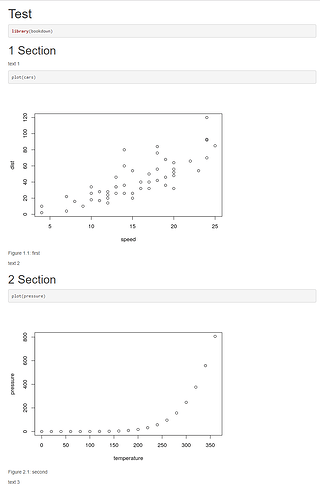


Now, diving in and out of hundreds of directories to run this sed script is another matter, and I'll try to cover that in another blog post.Adobe today released Lightroom 6.6 and CC 2015.6. In the end I wish I'd written a small program in Ruby, but sed has usually treated me pretty well, and this is a hack I can live with. Note that the order of these operations is very important.Ĭall it a hack, but it got the job done. And then at the end I change the OPEN_PRE and CLOSE_PRE labels back to and, respectively. Then I convert all & characters in the pattern space to their ISO-Latin name equivalents. Specifically, I convert and to the non-HTML strings OPEN_PRE and CLOSE_PRE. I turned these HTML tags that were stuck in my pattern space (that I didn't want to convert) into non-HTML labels that I was pretty sure would be unique, then converted them back when I was done. But, my problem was I couldn't figure out how to grab that range without also including the first line after the tag and the last line before the tag. My solution was to grab the range of lines beginning with the tag and ending with the tag, and then modify those. # at the end convert my labels back to html and tags # first convert to OPEN_PRE and to CLOSE_PRE The source code for the sed script I created is shown here: sed script to modify a range of lines in an HTML file It turns out that working with a range of lines with the sed command (while excluding the starting and stopping tags) was harder than I expected, but I came up with a kludge that got the job done. As a programming matter, this involves starting the changes at the opening PRE tag and stopping them at the closing PRE tag. Today I fixed the PHP section of the warehouse by writing a Linux sed script that would open a file, get all the content between the and tags, and convert those offending characters to something that wouldn't mess up my HTML pages. Unintended tags like this have a way of wreaking havoc in HTML documents, and the PHP section of the source code warehouse was by far the worst offender.

I included the source code files in between HTML and tags, and wrapped some simple content around that, but one thing I forgot to do was replace characters like, and & that were included in the source code files. I initially did this for Java programs, and later expanded it to include source code files from other languages. A long time ago I created something I called a "Source code warehouse" that would help developers learn various programming languages by letting them easily find examples from open source programming projects from around the world.


 0 kommentar(er)
0 kommentar(er)
